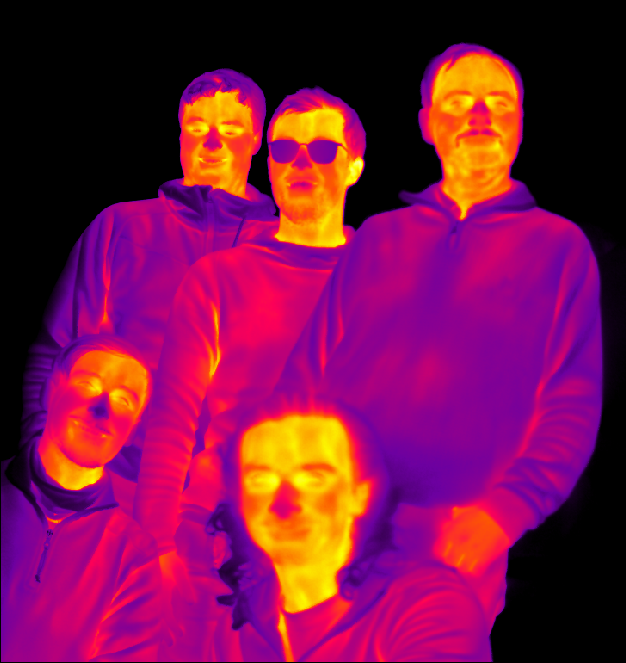
The concept of the laminar wing, which has been around for decades, is once again being increasingly discussed due to the climate crisis and is therefore the subject of research by the SE2A cluster. However, the wing aerodynamic does not hold the only potential for saving the energy resources required for flight. The fuselage of a conventional wing-fuselage configuration accounts for approximately half of the total drag in cruise flight. Using a Hybrid Laminar Flow Control system on the wings, the drag portion of the fuselage increases significantly. To reduce this drag, an attempt must be made to increase the laminar flow length on the fuselage. This can be done, among other things, by boundary layer suction in sensitive regions, analogous to that on the wing. However, the flow conditions are different from those on the wing, which is why the pressure gradient on the fuselage plays minor role in the ideal flow. This allows HLFC systems operating much more efficiently.
Relevant investigations of the laminar boundary layers are being carried out as part of this project. On the one hand, a design of a sequential suction geometry on a flat plate NWB model of DLR is carried out, where Reynolds numbers up to 20 million can be achieved. On the other hand, the influence of the secondary suction panel on the boundary layer that is stimulated by the primary suction panel will be examined by DNS. In cooperation with the internal research goal from the first phase of the cluster, the optimization of the suction surface geometry, a concept for the establishment of a HLFC system on the aircraft fuselage is to be developed.
